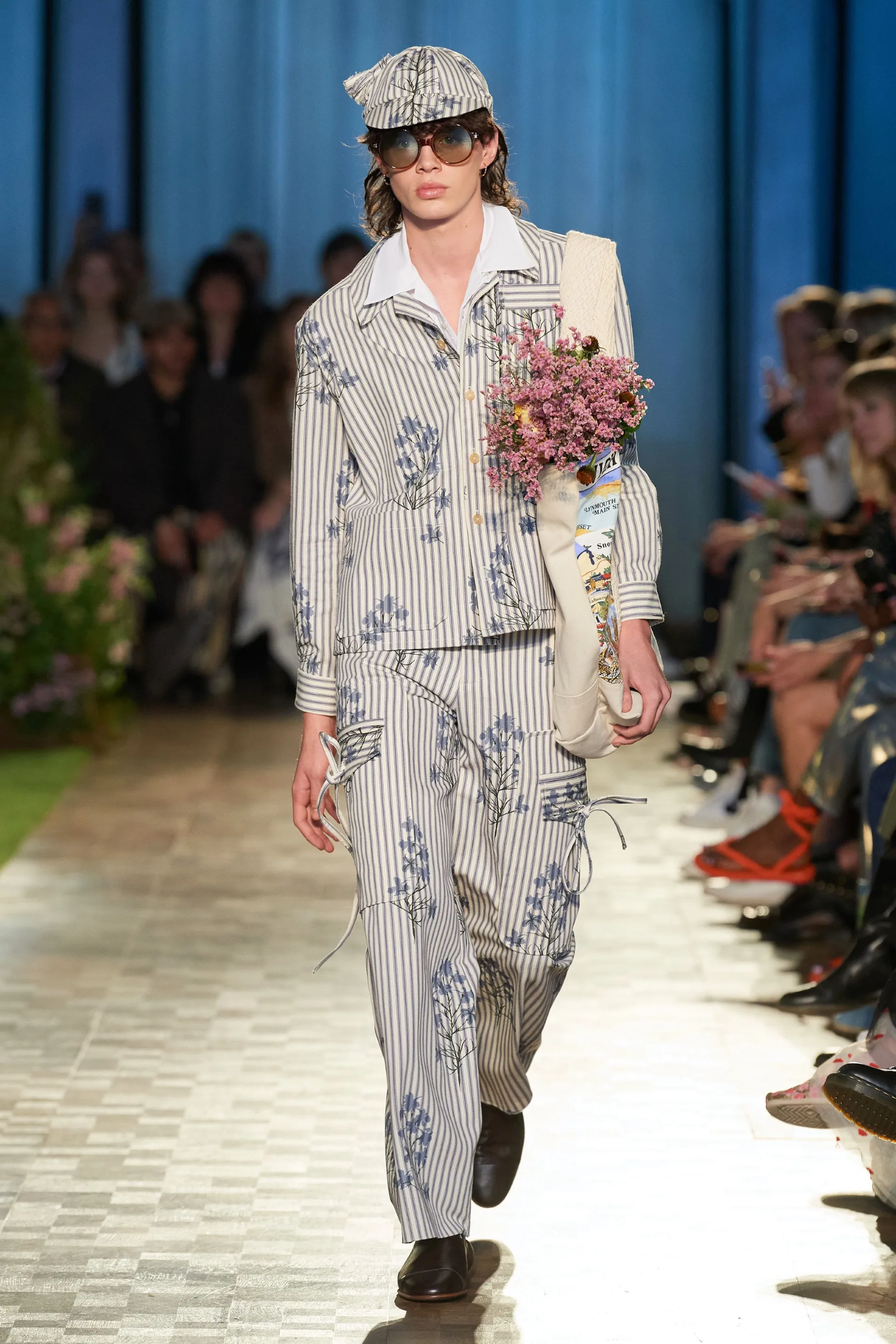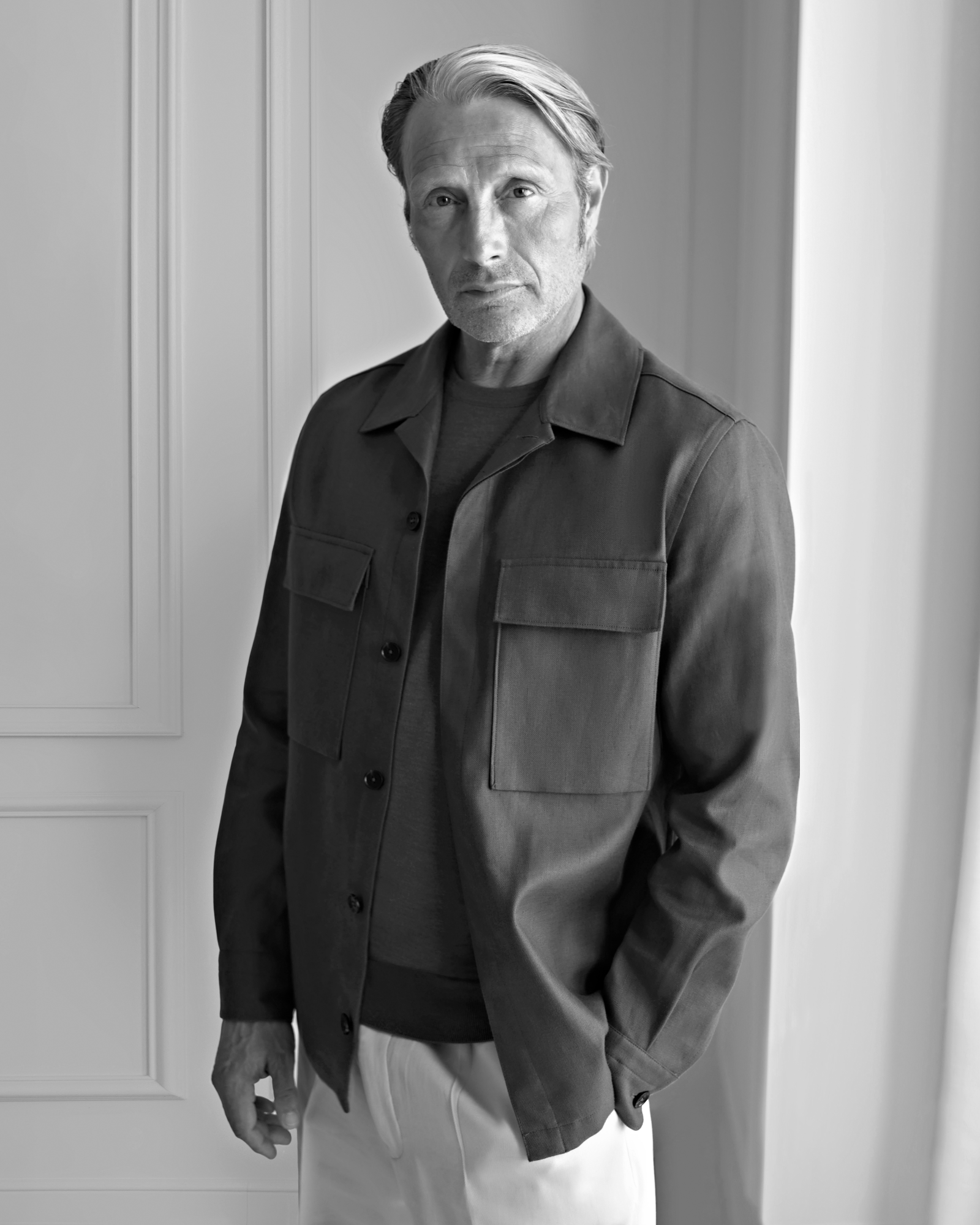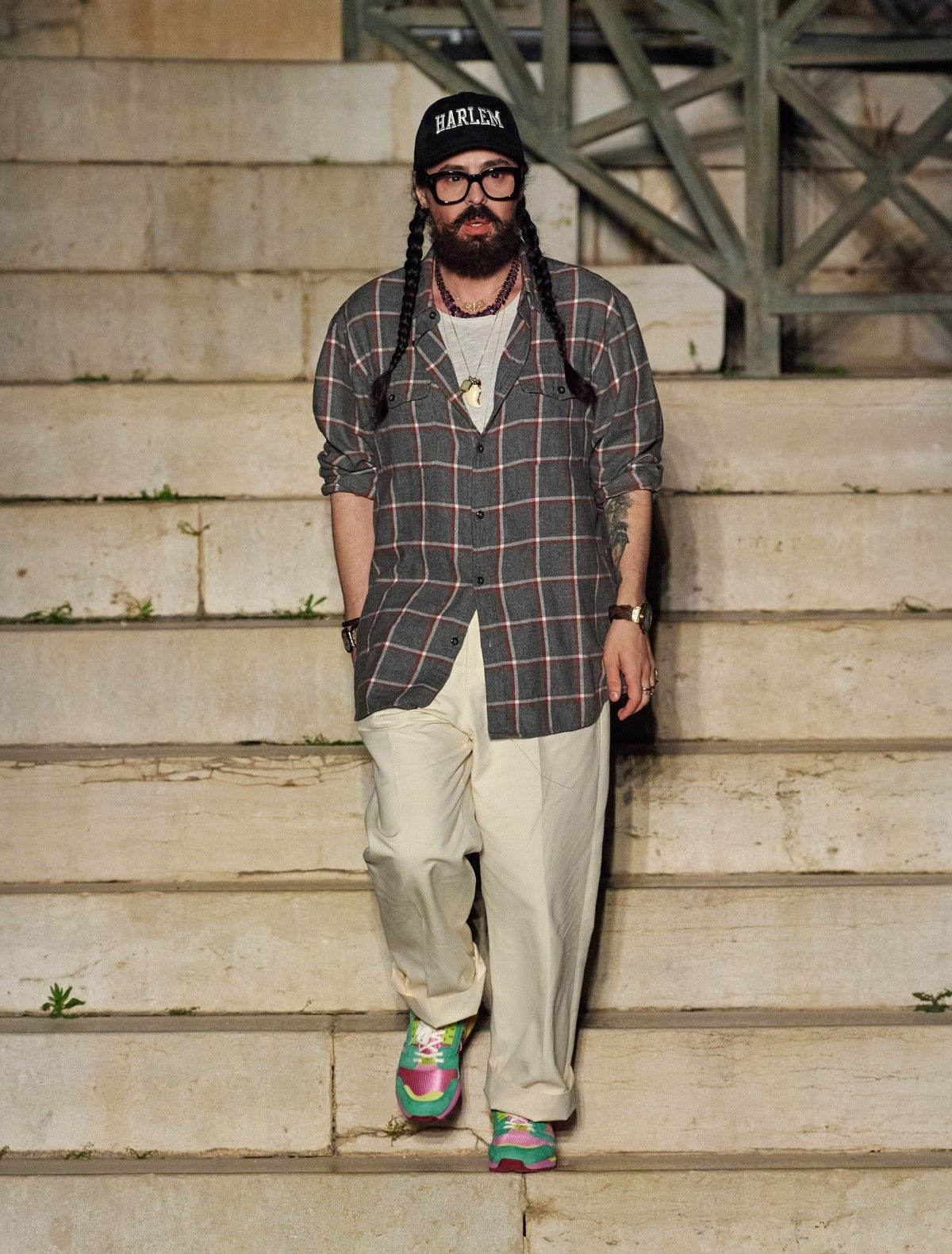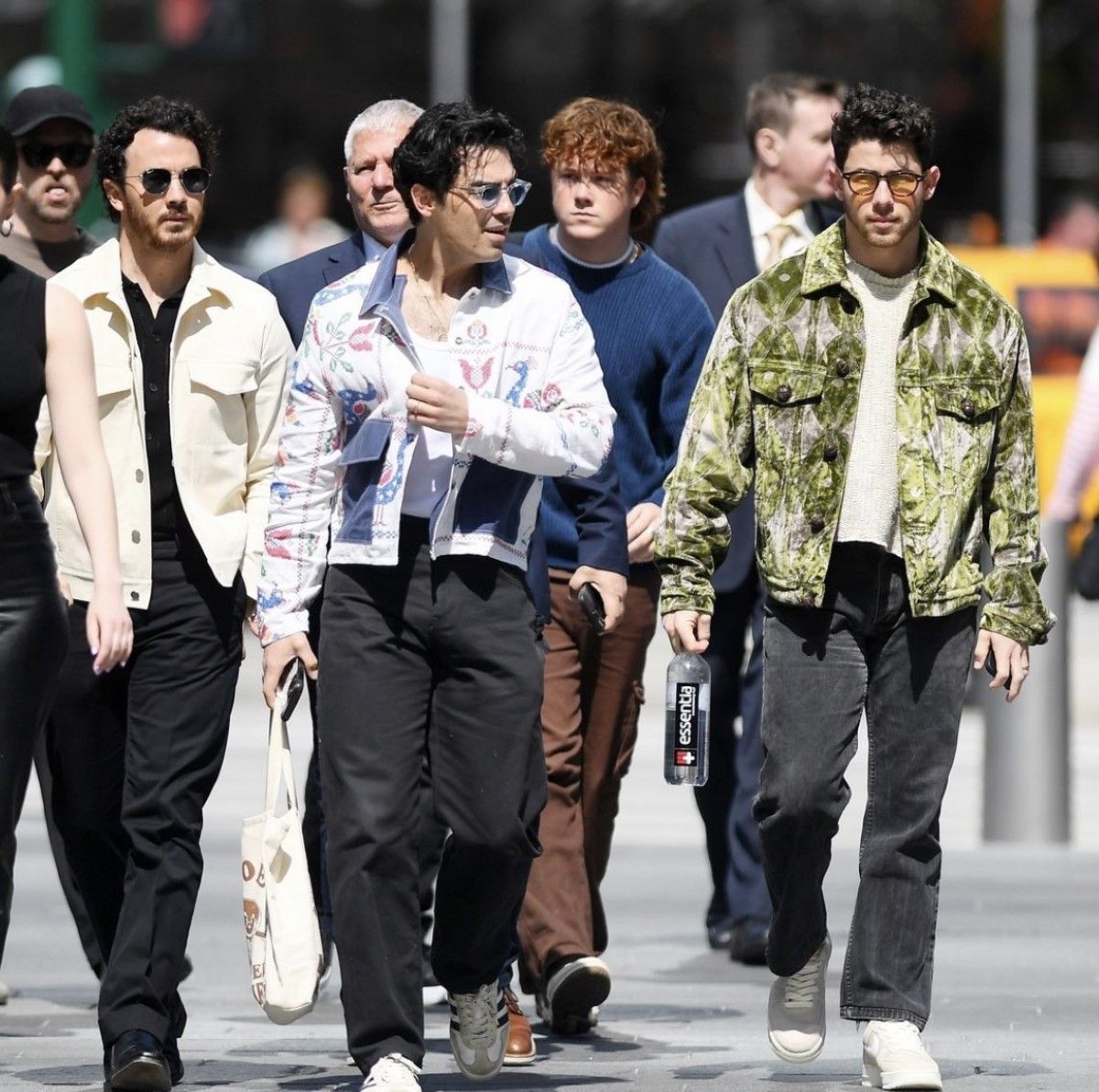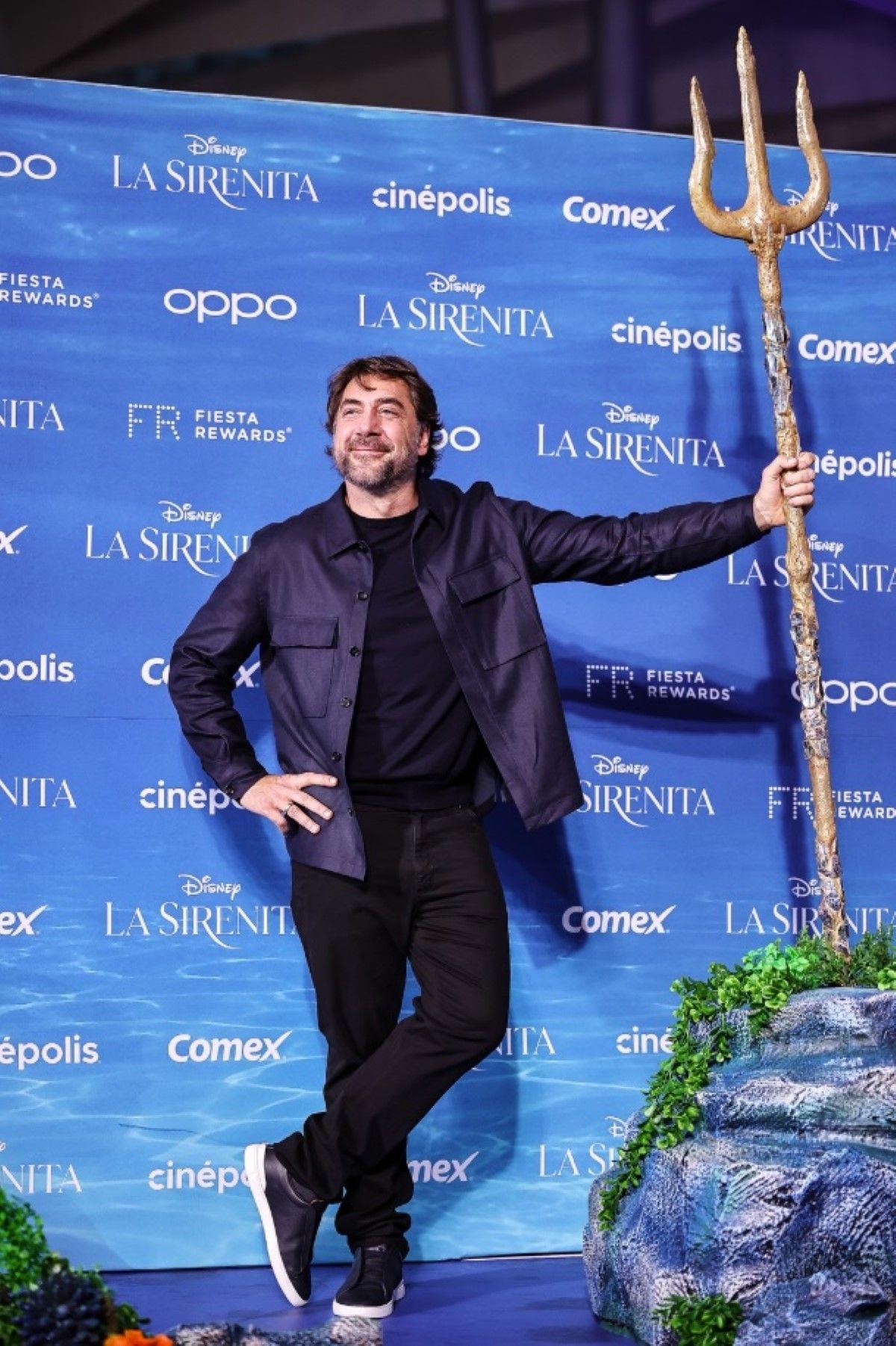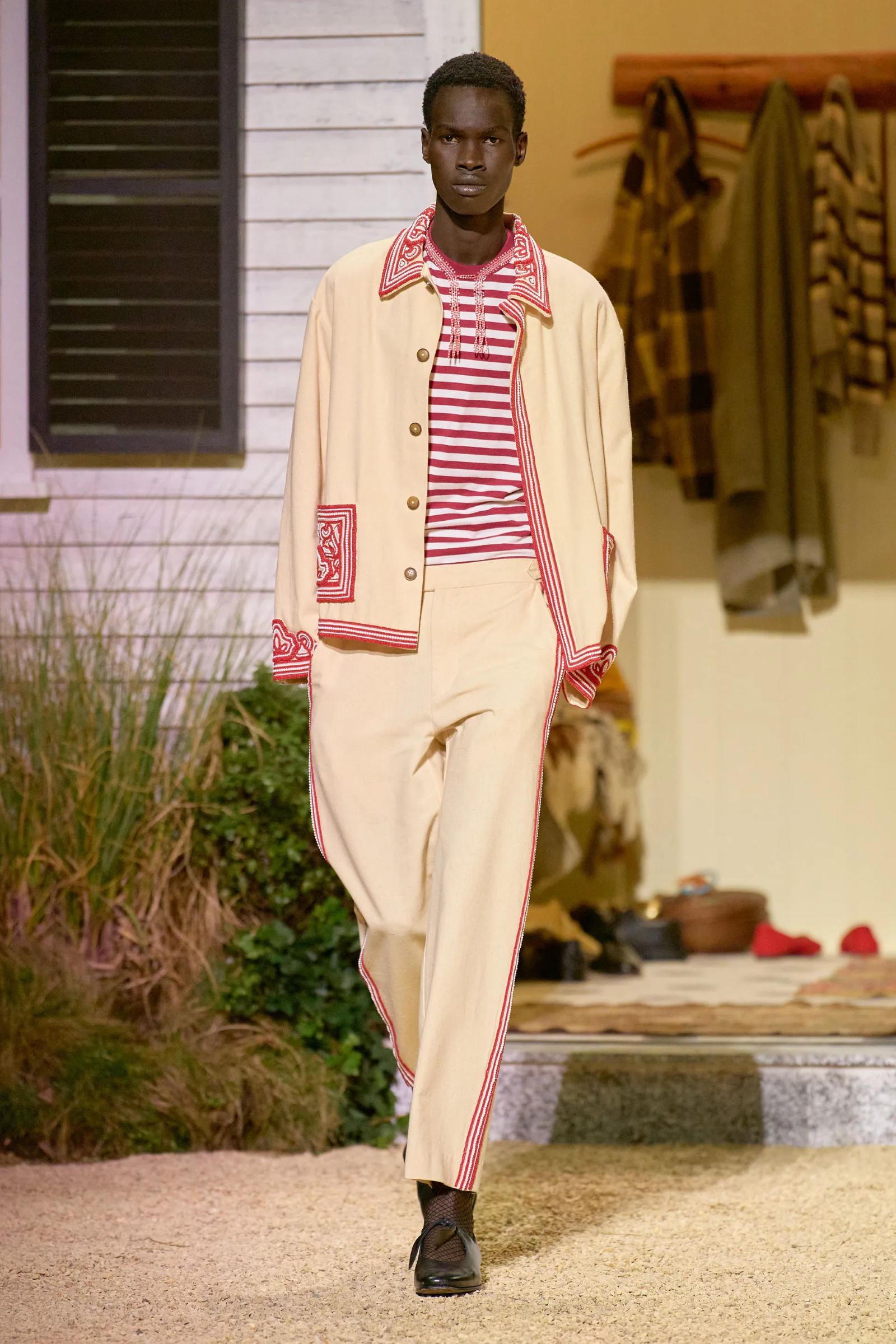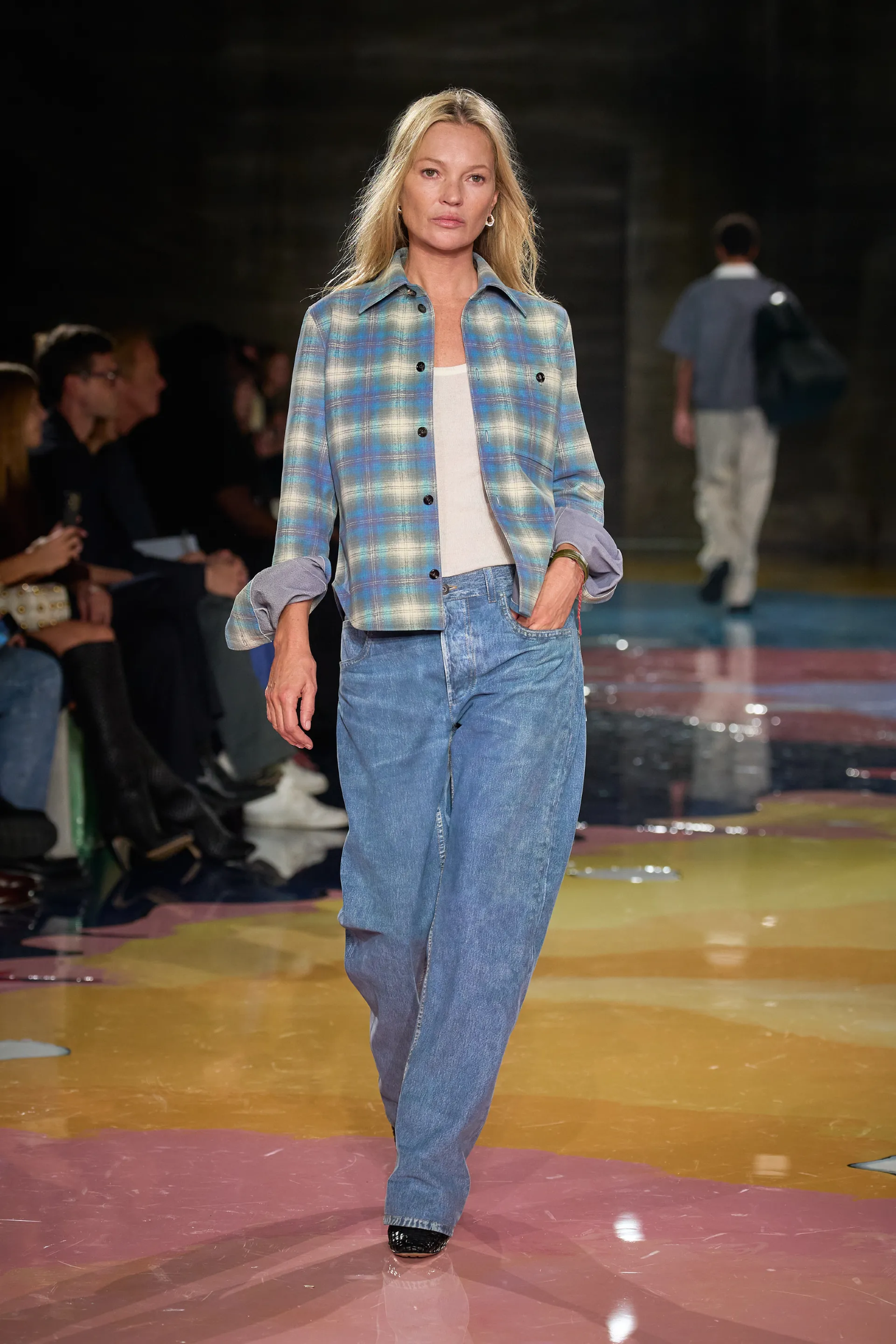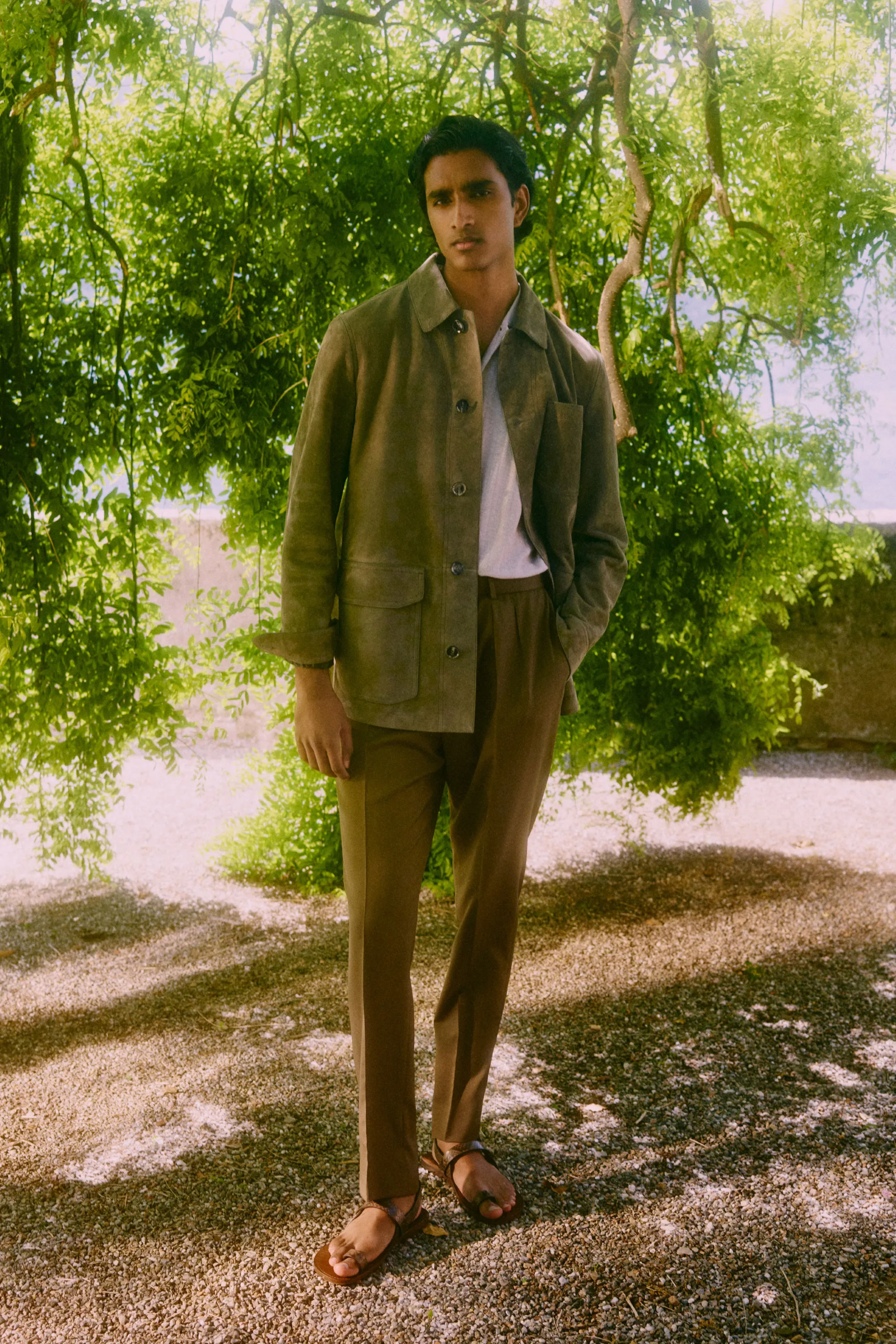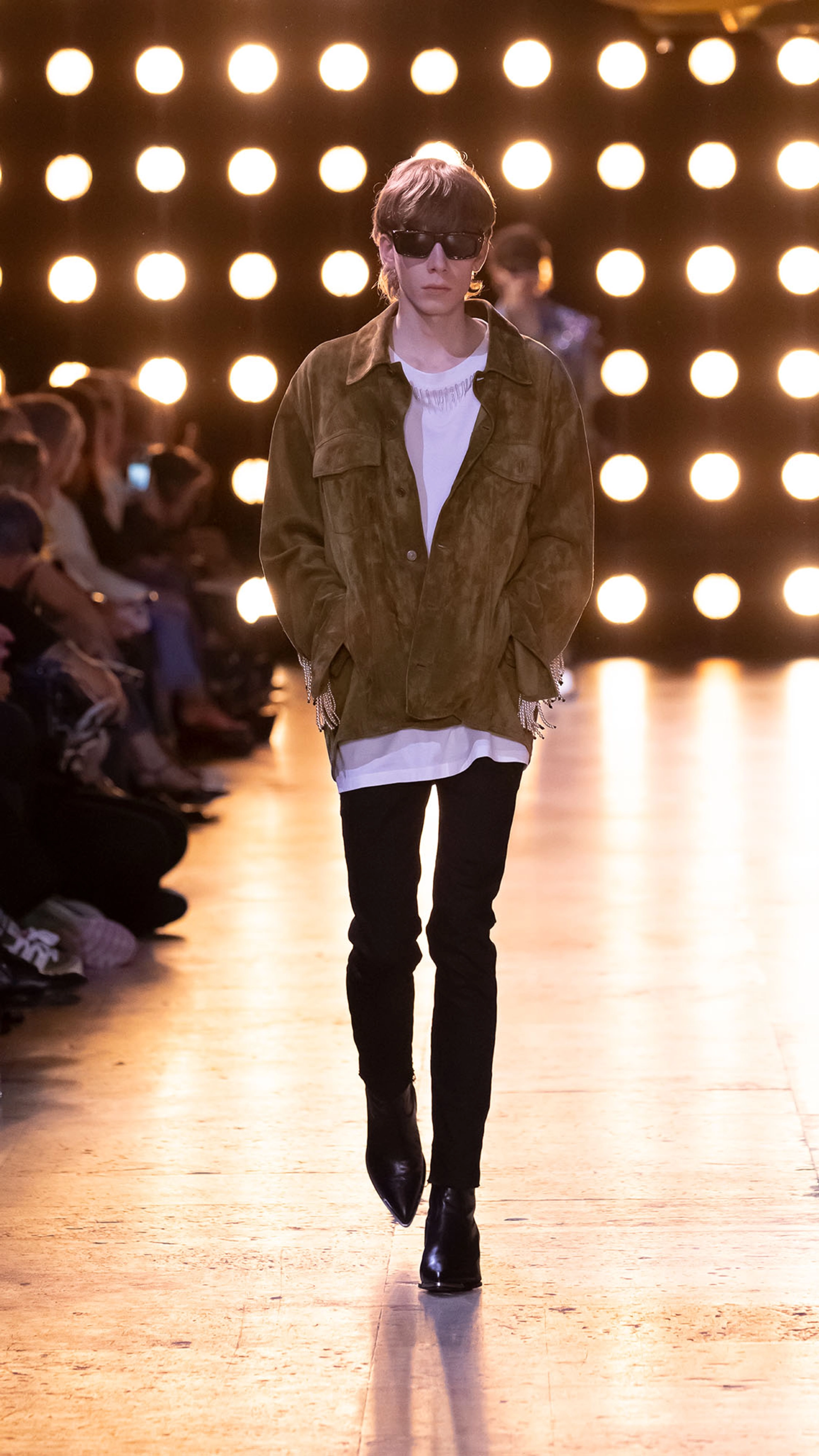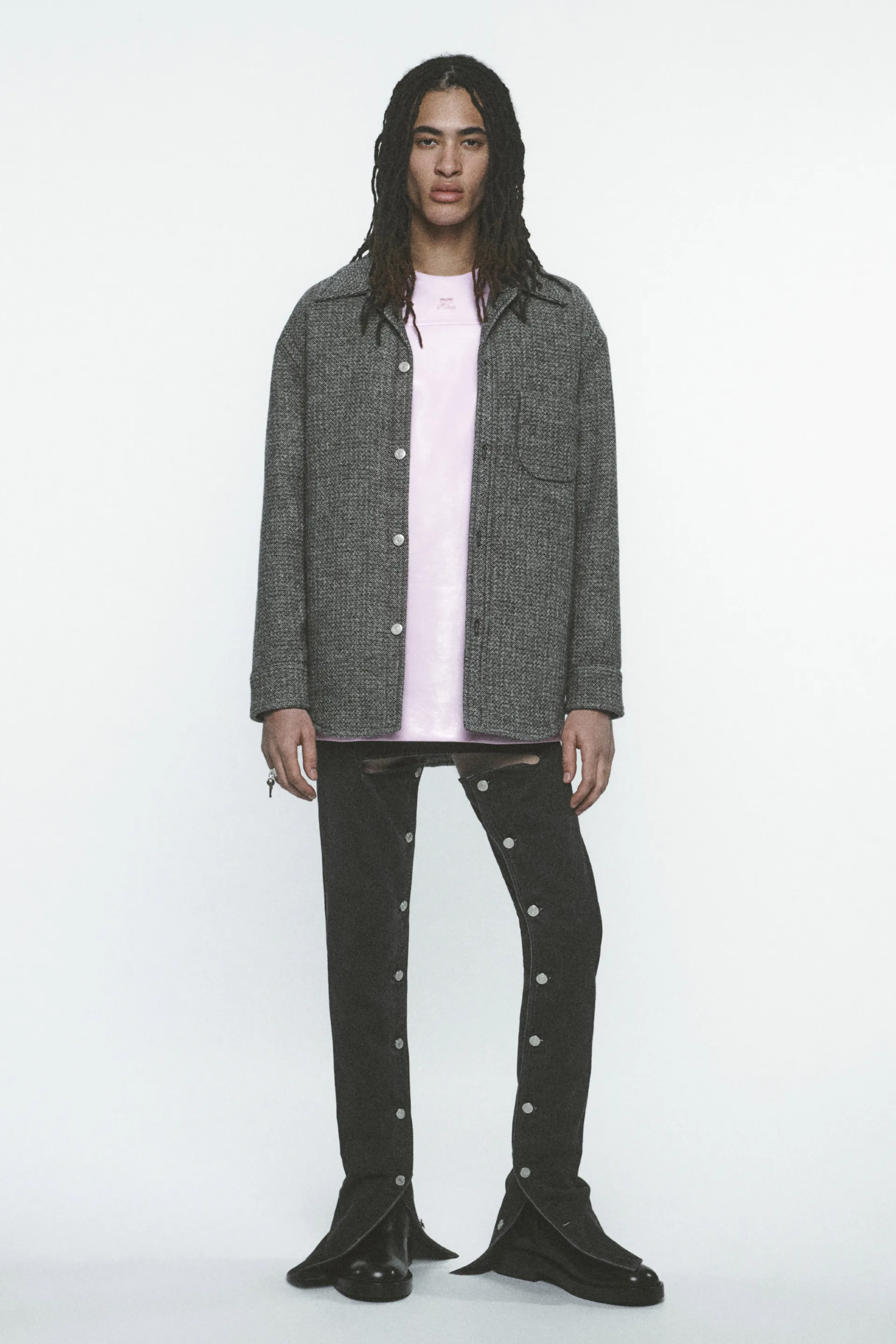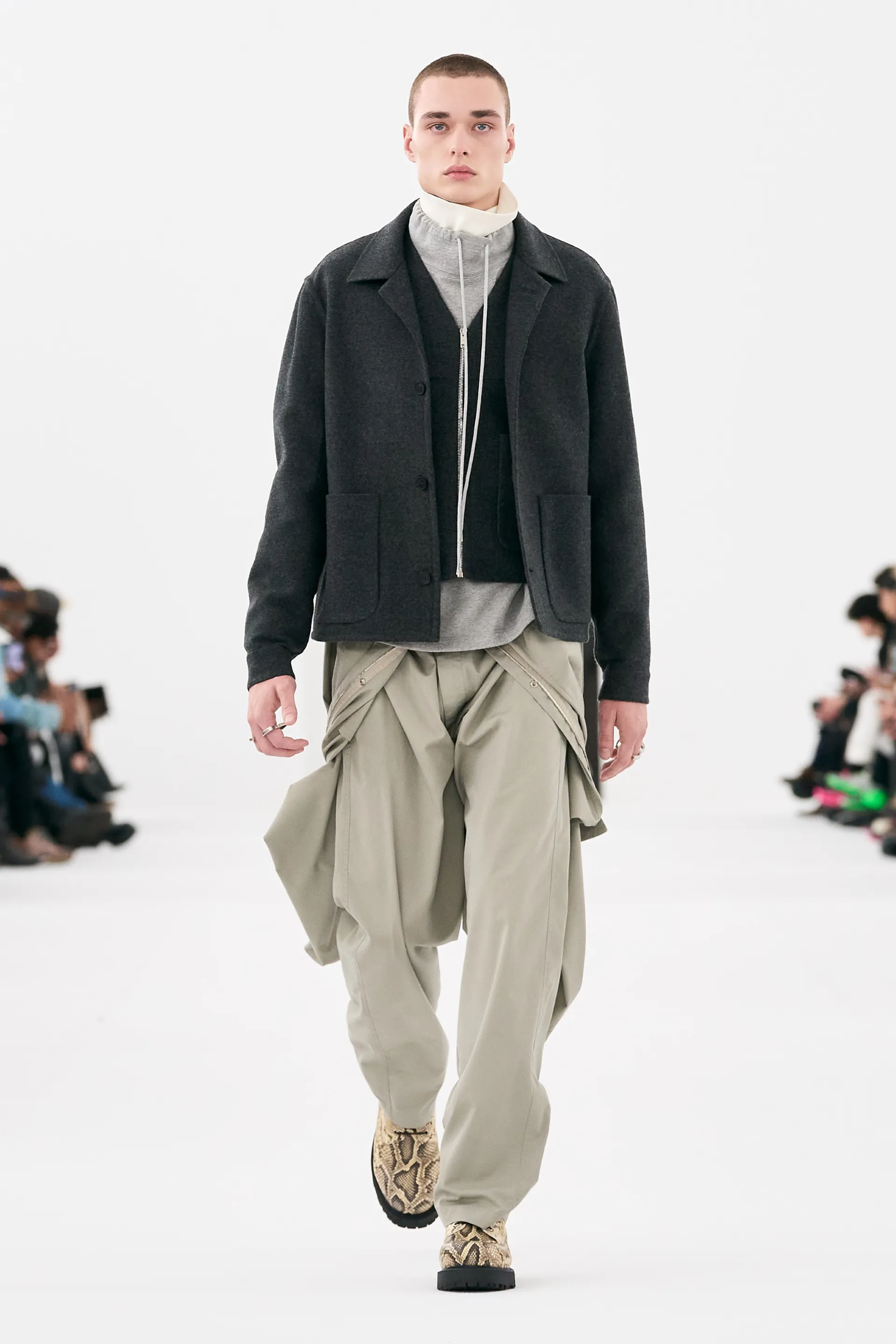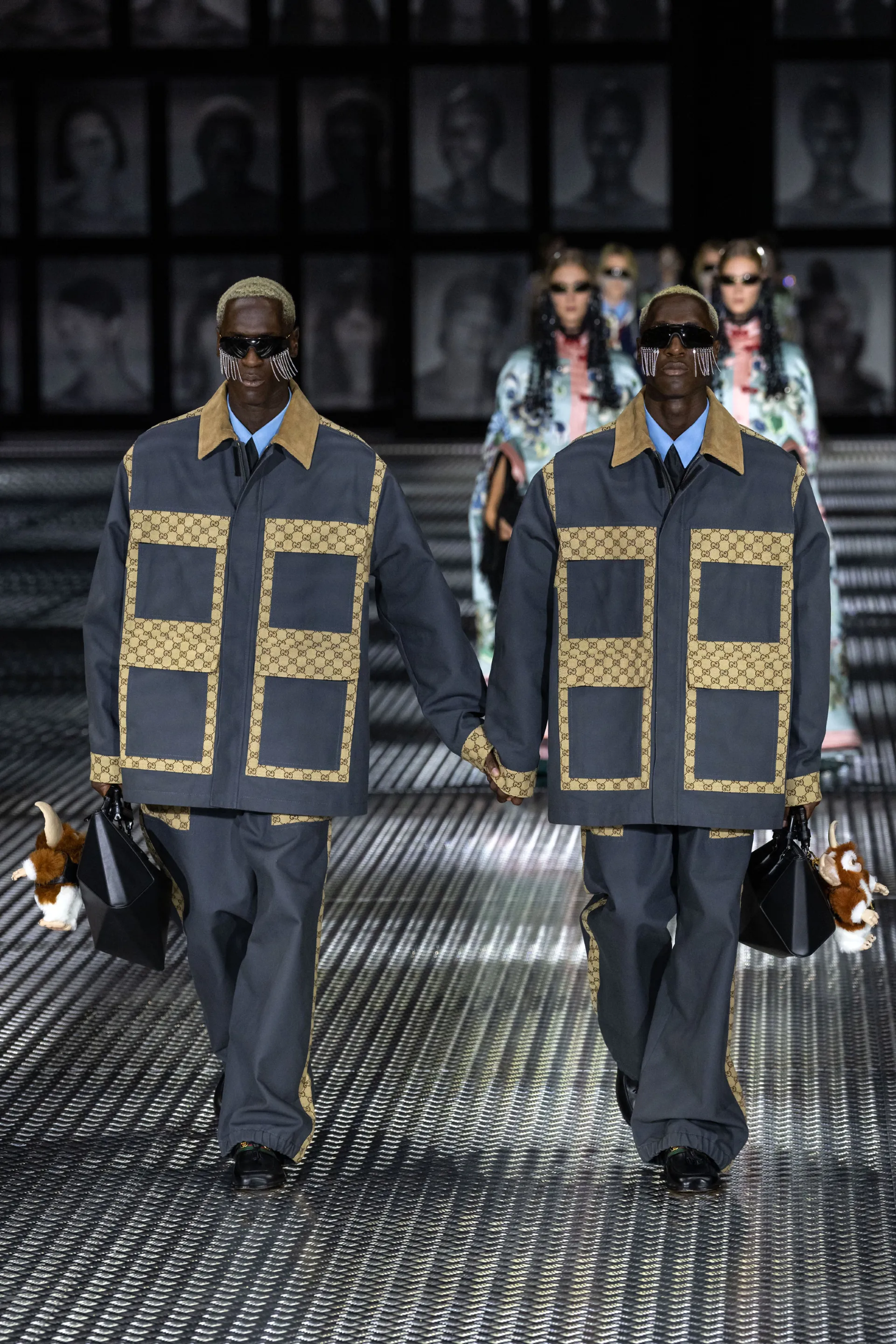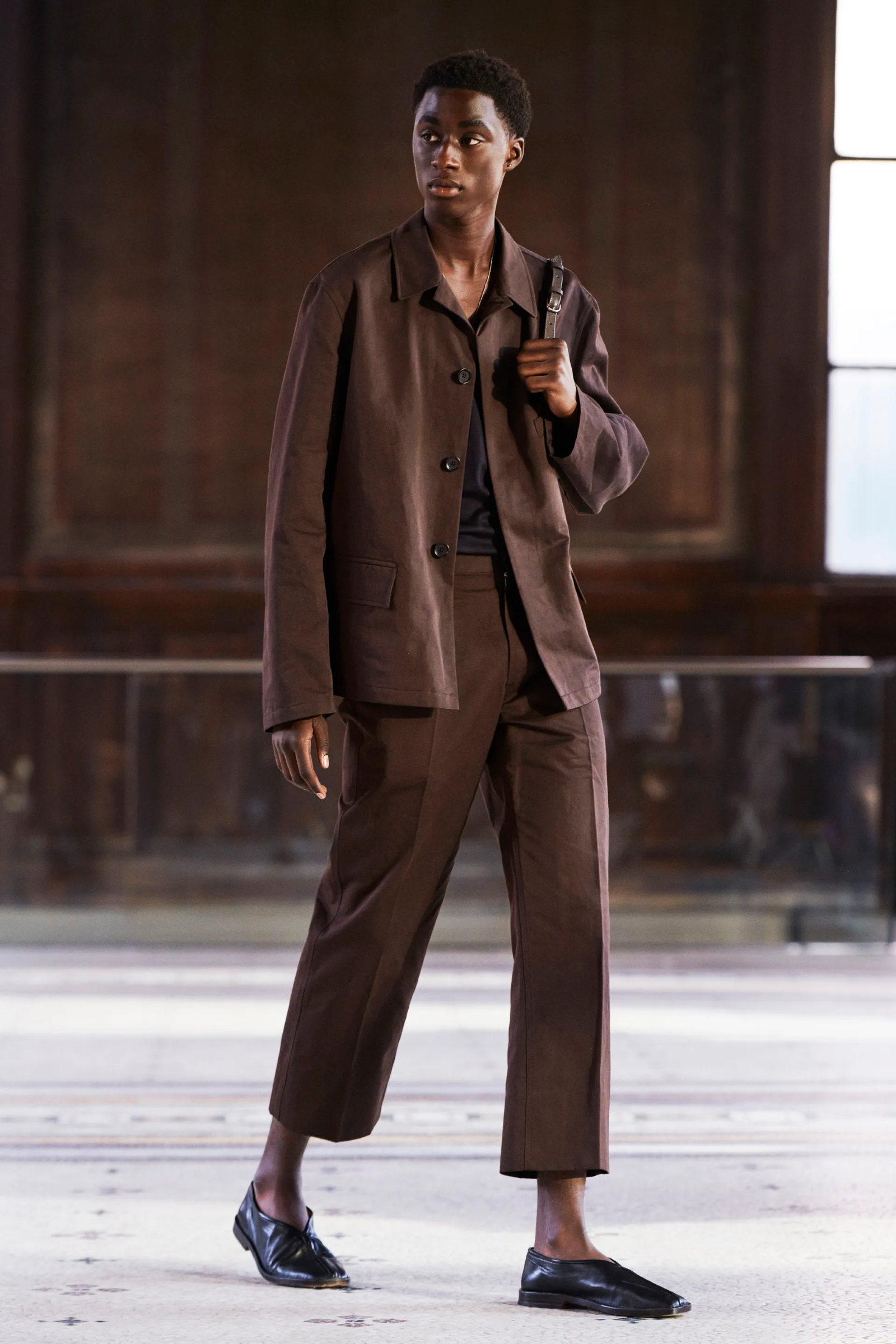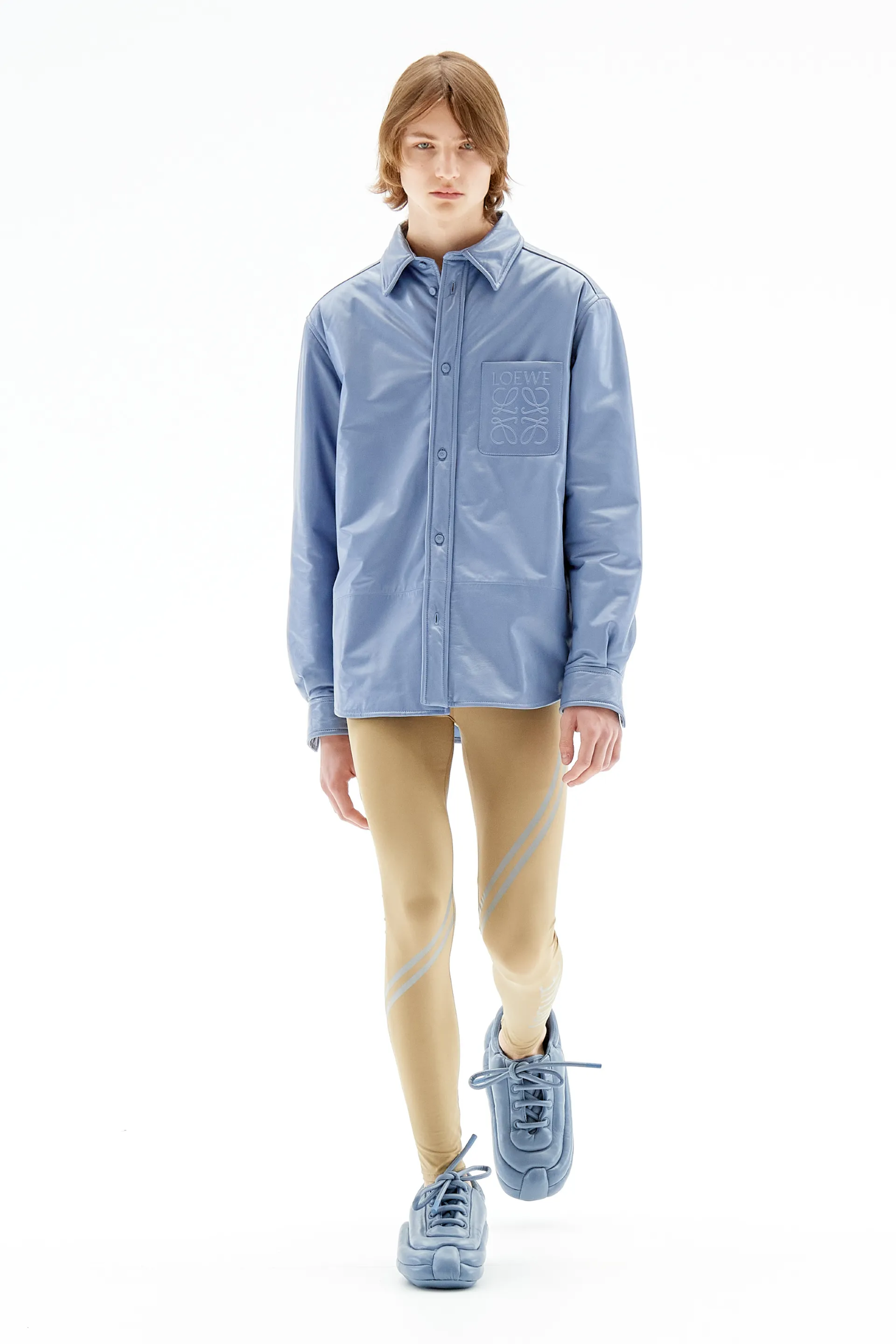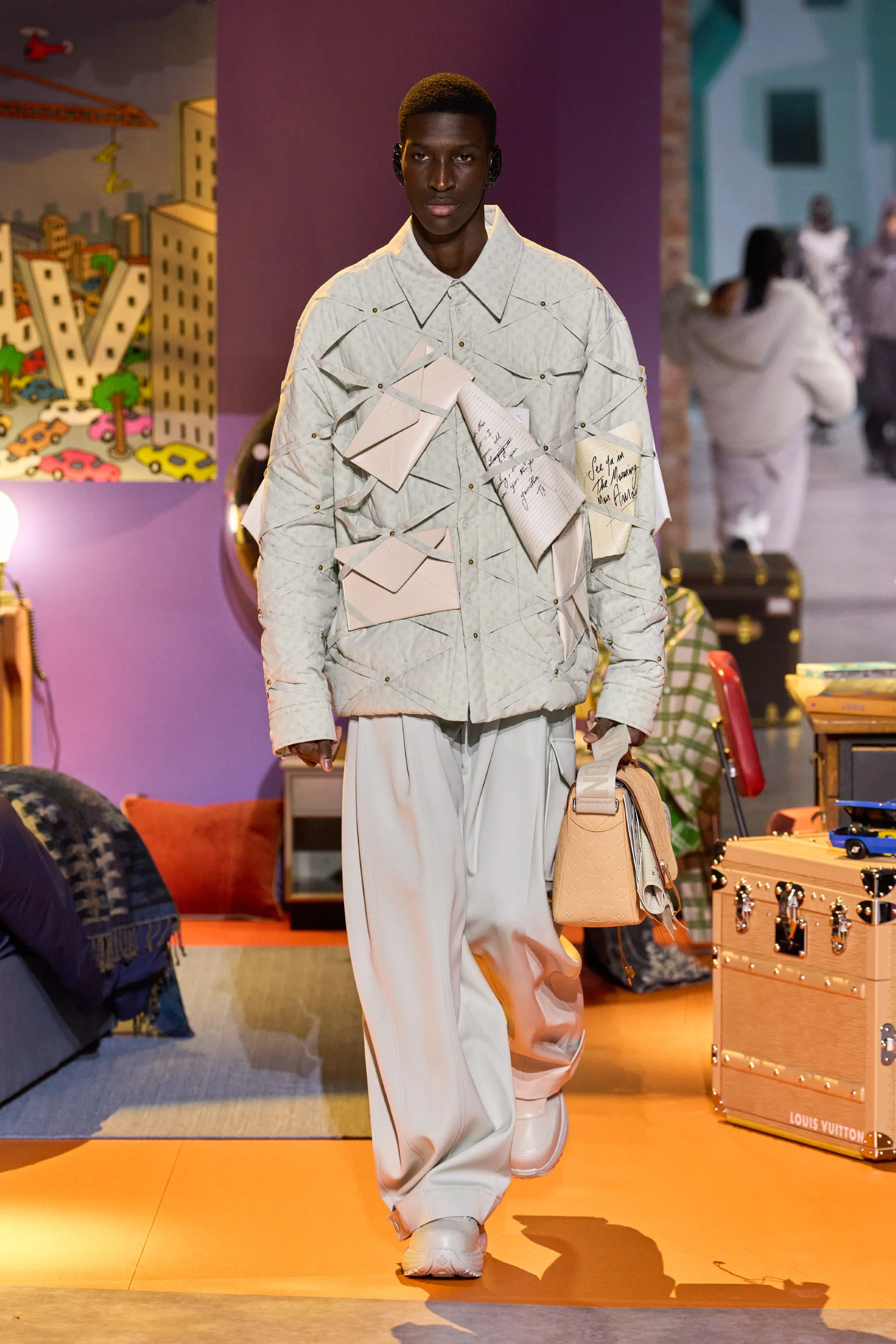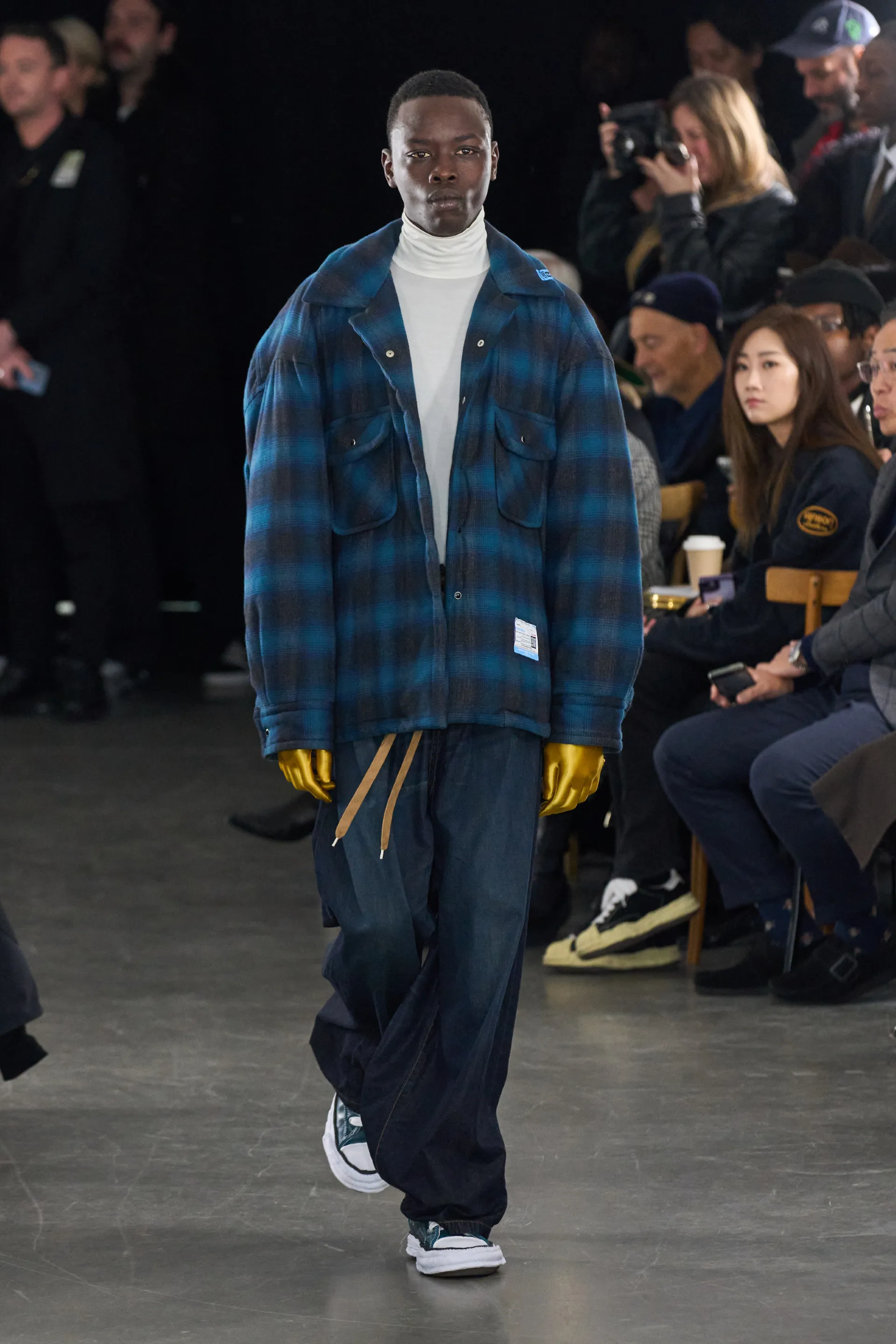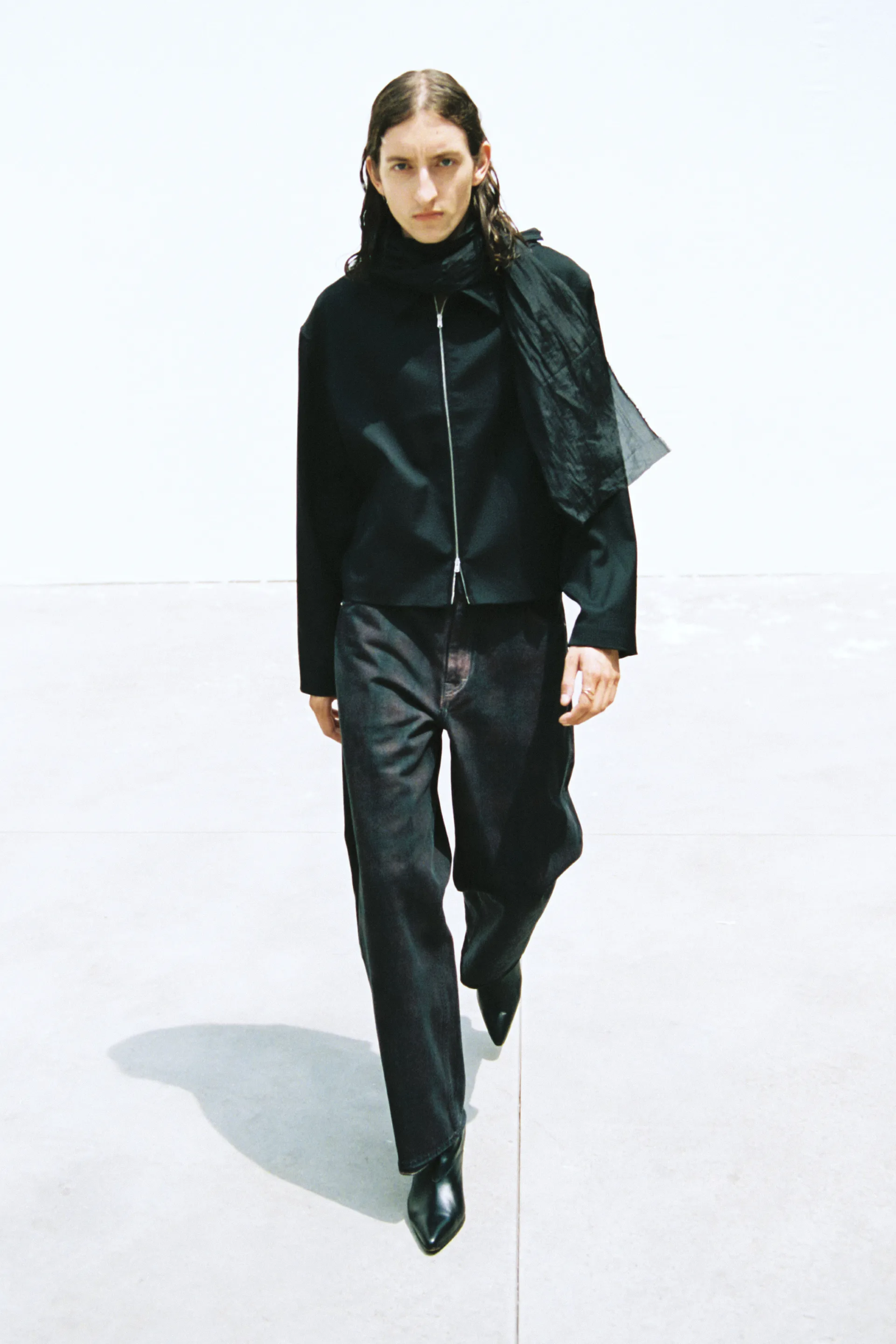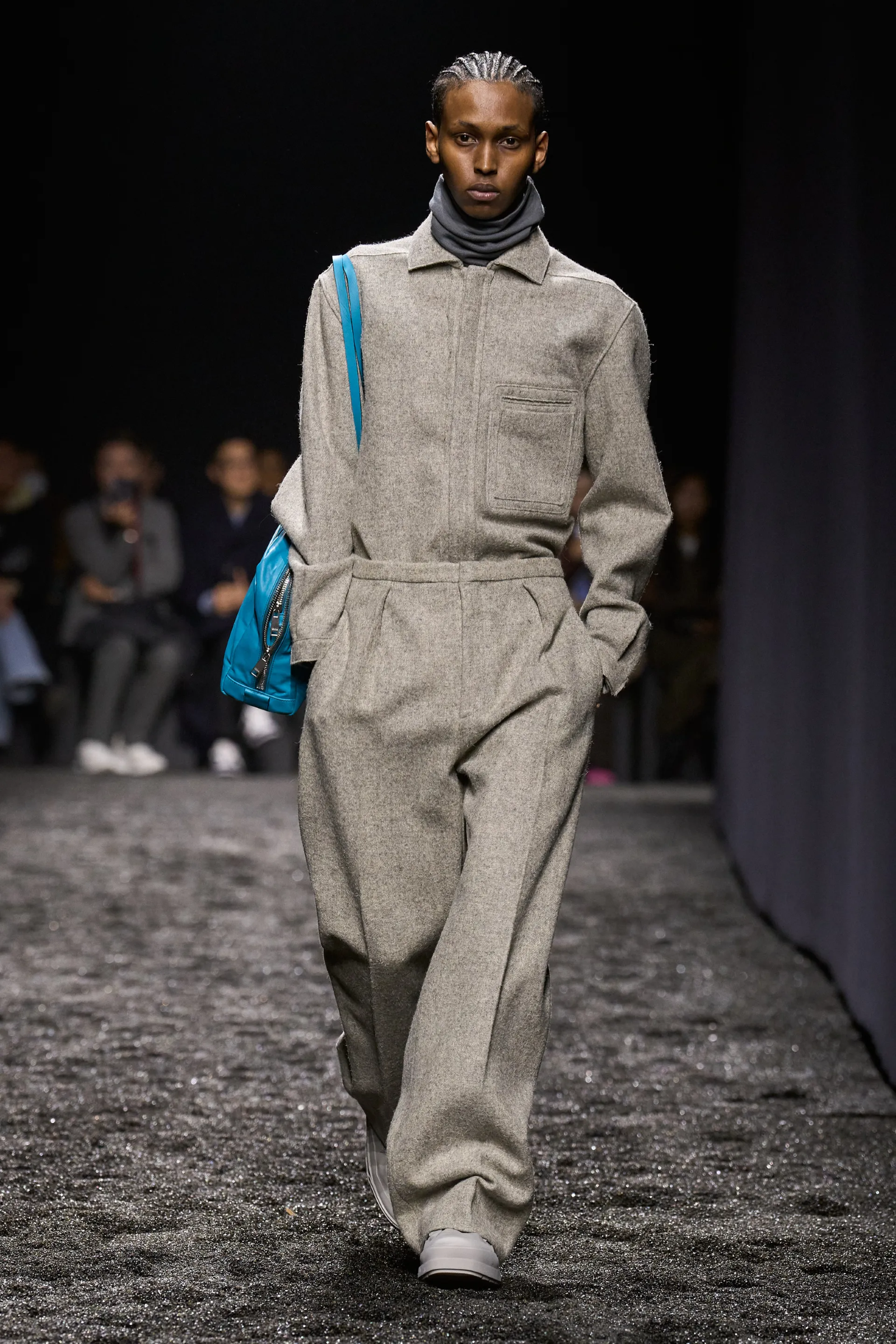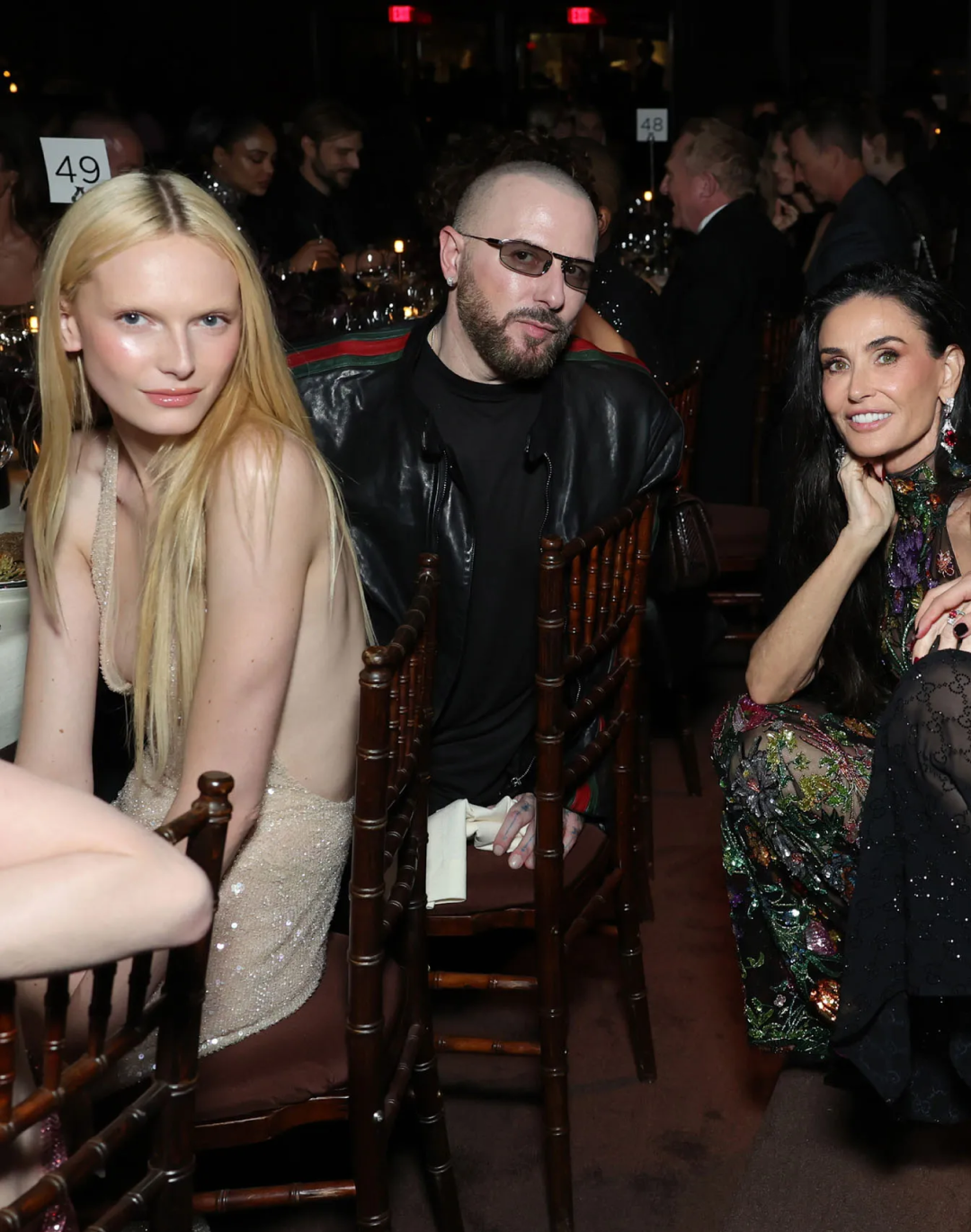
The season of the overshirt has arrived How an inherently ambiguous garment could become the new hot ticket in luxury
This May in which spring does not seem to be coming is quite disorienting for everyone. Not least because, given the temperatures, it is out of the question to wear winter clothes but still one could shiver in the shade and wind if wearing only a T-shirt. The law of trend would dictate the use of a very ruined leather mega-jacket - too bad that thanks to TikTok even the nicest things become basic right away, and now a leather jacket is pretty much everyone's got one. To survive the very rapid trend cycle, therefore, we need to resort to ingenuity and find a garment that is as classic as it is capable of anticipating the next wave of trends. This is where the overshirt comes in play. The definition of what constitutes an overshirt is ambiguous, so much so that it is defined by what it is not: it is not a shirt, nor is it a jacket, for one thing, although it can come in any of the materials from which a jacket is made. Its real distinguishing characteristic, however, is that it cannot or should not be tucked into trousers - any shirt that cannot be tucked into pants, just as any jacket without lapels, lining and inside pockets but with a collar constitutes an overshirt. Be that as it may, entire wardrobes can be built around the overshirt. The most prominent to do so was Alessandro Sartori at Zegna, who made the overshirt the keystone of a new, more relaxed formal uniform for men even making new global ambassador Mads Mikklesen wear it for his first official portrait under the brand's aegis - a choice that was certainly not accidental. But the garment as versatile as it is elusive has appeared on the runways of Bottega Veneta, Gucci, Brioni, Our Legacy, Courregès, Givenchy, Louis Vuitton, and so on.
As we were saying Zegna is the brand that has bet the most on the overshirt since it produces it in every conceivable material but, more importantly, has turned it into the foundation of a new type of men's suit, less close to the businessman and more related to the vacationing billionaire. One example we saw recently at the premiere of The Little Mermaid where Javier Bardem showed up in a total black look but with a blue linen overshirt instead of the classic blazer. The silhouette is infinitely softer and more comfortable than that of a blazer, no less it remains formal. All the more so if the overshirt is paired with pants of the same fabric, creating a pseudo-man's suit. The practice has a kinship with the streetwear and workwear world, specifically with brands Stussy or Dickies, which produce sets of matching overshirt and pants to combine together-but today the trick also appears in the lookbooks of brands like S.S. Daley or Erdem. Last year, on the other hand, Bottega Veneta made a plaid-print leather overshirt go viral, the one worn by Kate Moss for the SS23 show and then featured prominently in the brand's campaign for the same season. The category seems to work for Bottega Veneta since the leather shirts (which are functionally employed as overshirts) are presented to the public with all the trappings of a core product, just as expensive as the highly prized handbags and just as stylish. The overshirt plays a different role in the two different cases: at Zegna's it is the indispensable centerpiece of the layering, a neoclassical garment in its essence that can both star and fade between a coat and a matching sweater; at Bottega Veneta's the overshirt visually mimics American flannel overshirts such as Pendleton's but makes it a silent star of the show through its modernly baroque concept that translates into artifice and illusionistic virtuosity.
In both cases mentioned, one can guess the reason why the has gone under the radar of fashion hounds: the overshirt has already been everywhere for at least two centuries. The offspring of at least three different mothers (i.e., the French bleu de travail jacket, the pocket shirt of British soldiers, and the jungle jacket of the U.S. Army), the overshirt has entered the Olympus of men's style as early as Bill Cunningham, the legendary photographer for The New York Times, and Paul Newman wore it. In both America and Asia, the overshirt began as the uniform of the common man, but has become the uniform of the authentic man since the classic suit became associated with white-collar "corporate drones" and less talented emulators of Gianni Agnelli. Which is also the concept enunciated by Sartori for Zegna, that of "luxury leisurewear," or extremely fine clothes for a world in which the three-piece suit is, if not old-fashioned, at the very least stiff and uninspiring. But that of a formal but not traditional luxury that abandons the grayness of the past, even reinterpreting the suit in a glam or oversize key, is the direction that many are following. If the distressed leather blazer, the motocross jacket, the oversized boot with shorts have a beginning and an end, the overshirt in its many forms has always been here and is not going anywhere. It is its nature as a blank canvas that lends itself to different reinterpretations capable of elevating it above its humble origins - whether it is padded leather, linen or precious vicuña, or paper-thin leather with a trompe-l'œil print. And while other outerwear trends tire in the grip of frenzied virality, the overshirt bides its time with the calmness of one who has already won unbeknownst to all. If its recurring presence in the latest spring shows and collections is any indication, its season has just begun and will not end soon.










































